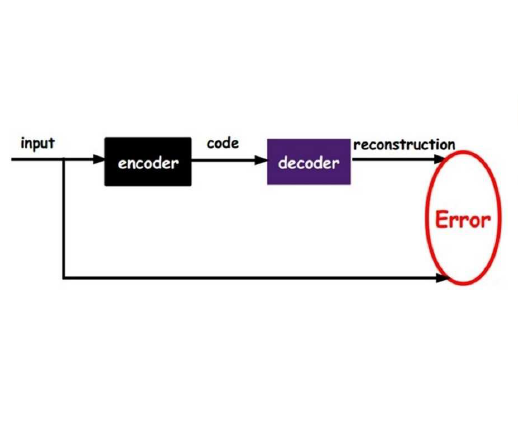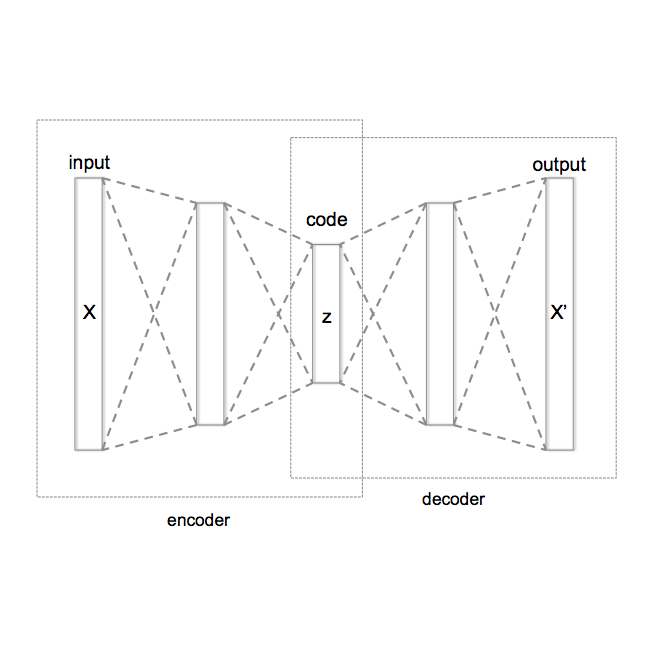The use of autonomous robots for delivery of goods to customers is an exciting new way to provide a reliable and sustainable service. However, in the real world, autonomous robots still require human supervision for safety reasons. We tackle the realworld problem of optimizing autonomous robot timings to maximize deliveries, while ensuring that there are never too many robots running simultaneously so that they can be monitored safely. We assess the use of a recent hybrid machine-learningoptimization approach COIL (constrained optimization in learned latent space) and compare it with a baseline genetic algorithm for the purposes of exploring variations of this problem. We also investigate new methods for improving the speed and efficiency of COIL. We show that only COIL can find valid solutions where appropriate numbers of robots run simultaneously for all problem variations tested. We also show that when COIL has learned its latent representation, it can optimize 10% faster than the GA, making it a good choice for daily re-optimization of robots where delivery requests for each day are allocated to robots while maintaining safe numbers of robots running at once.
翻译:使用自主机器人向客户运送货物是一种令人兴奋的新方式,可以提供可靠和可持续的服务。然而,在现实世界中,自主机器人出于安全原因仍需要人类监督。我们解决了优化自主机器人时间以最大限度地实现交货的现实世界问题,同时确保从未有太多的机器人同时运行,以便能够安全地监测这些机器人。我们评估了使用近期混合机器学习优化方法COIL(在学到的潜空空间进行限制优化)的情况,并将它与基线遗传算法进行比较,以探索这一问题的变异性。我们还调查了提高COIL速度和效率的新方法。我们表明,只有COIL能够找到有效的解决方案,因为所有测试的问题变异都同时运行适当的机器人数量。我们还表明,当COIL学会其潜在代表时,它可以比GA更快地优化10%,从而成为每天将交付请求分配给机器人的机器人的重新优化的良好选择,同时保持一次性运行的机器人的安全数量。</s>




